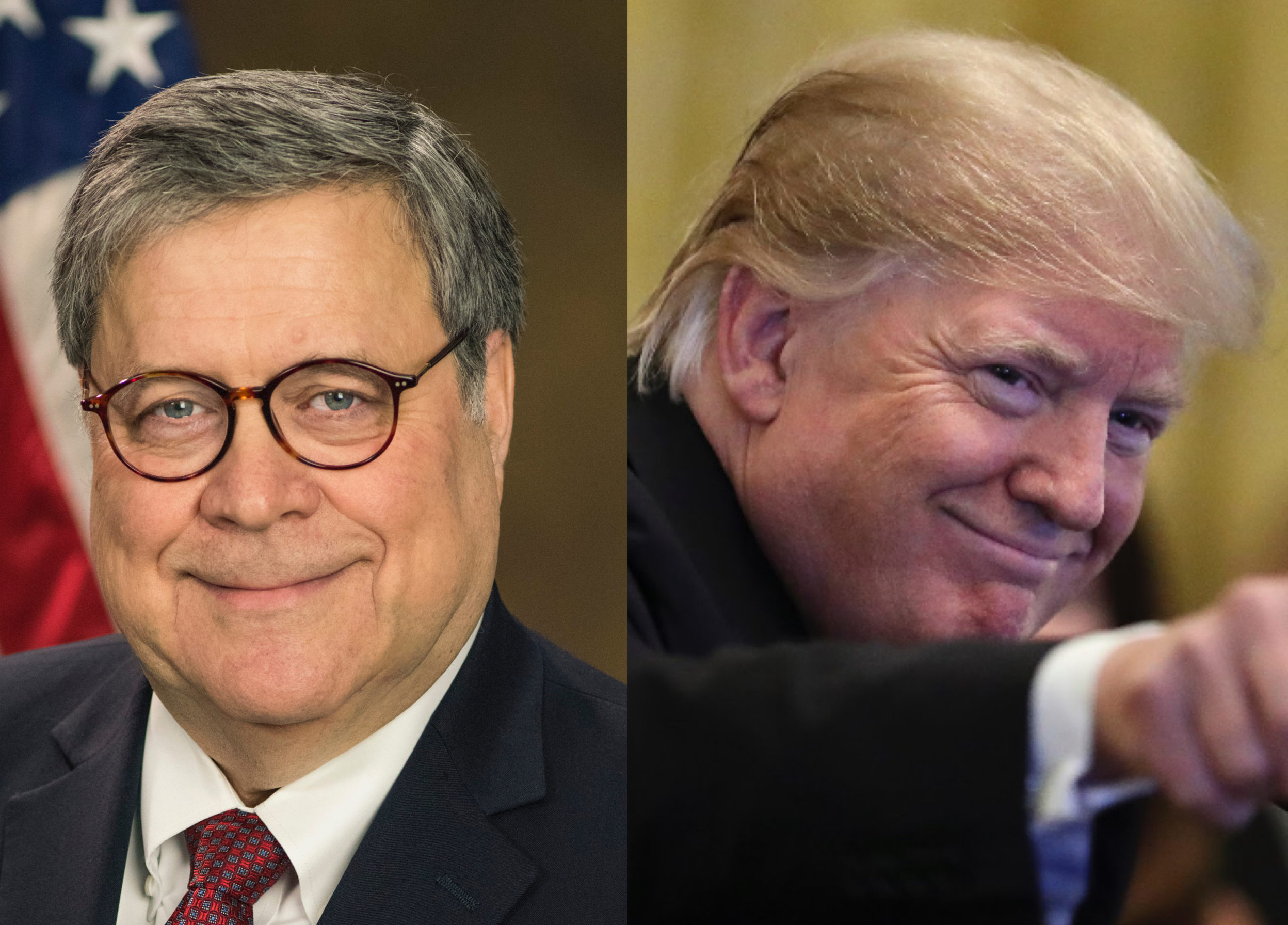The #OscarsSoWhite hashtag began trending five years ago, and since that time, Hollywood has been in a constant state of self-reflection. But in June, the Academy of Motion Picture Arts and Sciences announced a diversity component to the Oscars.
Now, the new representation and inclusion standards have been revealed, detailing the requirements that films would need to meet to be eligible for the best picture category.
Starting in 2022, a film will need to submit a confidential Academy Inclusion Standards form in order to be considered for best picture.
Beginning in 2024, a film will need to meet two of the four inclusion standards to include representation from underrepresented groups in on-screen representation, offscreen creative leadership, apprenticeship opportunities, or diversity in the marketing and distribution departments, according to the New York Times, in order to be eligible for the best picture category.
Underrepresented groups include racial and ethnic groups, women, LGBTQ+, people with cognitive or physical disabilities, or who are deaf or hard of hearing.
Racial groups are broken down even further to include Asian, Hispanic/Latinx, Black/African American, Indigenous/Native American/Alaskan Native, Middle Eastern/North African, Native Hawaiian or other Pacific Islander, and other underrepresented races or ethnicities.
A film would need, for example, at least one of the lead actors to come from an underrepresented racial or ethnic group, 30% of actors in a secondary role or a main storyline/subject matter to represent women, come from a racial or ethnic group, LGBTQ+, or a person with disabilities to meet one of the requirements.
To fulfill a second requirement, a film could have two major creative leadership and department head roles filled by women, LGBTQ+, or a person with disabilities. At least one of those roles would need to be made up of an underrepresented racial or ethnic group. The film could also fill six other crew roles from an underrepresented racial or ethnic group or have 30% of its crew made up of women, LGBTQ+, people with disabilities, or come from an underrepresented ethnic or racial group.
Or a film could fill paid apprenticeship and internship opportunities, training opportunities, marketing, publicity, and distribution roles with any one of the aforementioned groups.
The standards will be enforced by spot checks of sets and dialogue between the Academy and a movie’s filmmakers and distributors, the publication reports.
“The aperture must widen to reflect our diverse global population in both the creation of motion pictures and in the audiences who connect with them. The Academy is committed to playing a vital role in helping make this a reality,” Academy President David Rubin and Academy CEO Dawn Hudson said in a joint statement.
“We believe these inclusion standards will be a catalyst for long-lasting, essential change in our industry.”
No other categories will be affected by the changes.
The Academy has made efforts to diversify since the #OscarsSoWhite hashtag took hold, and vowed to double the number of people of color and women members by 2020, which they achieved this summer. Despite reaching this milestone, the Academy is still 81 percent white and 67 percent male.




